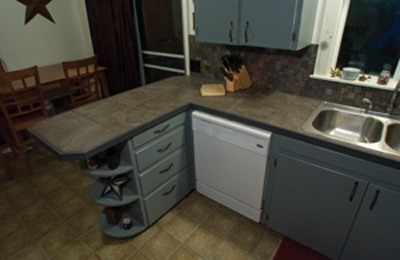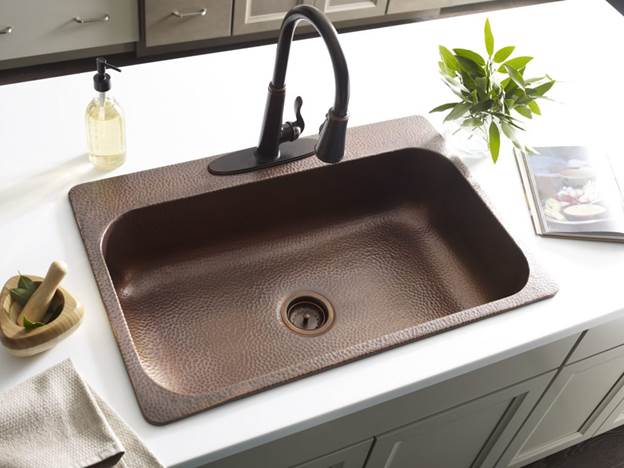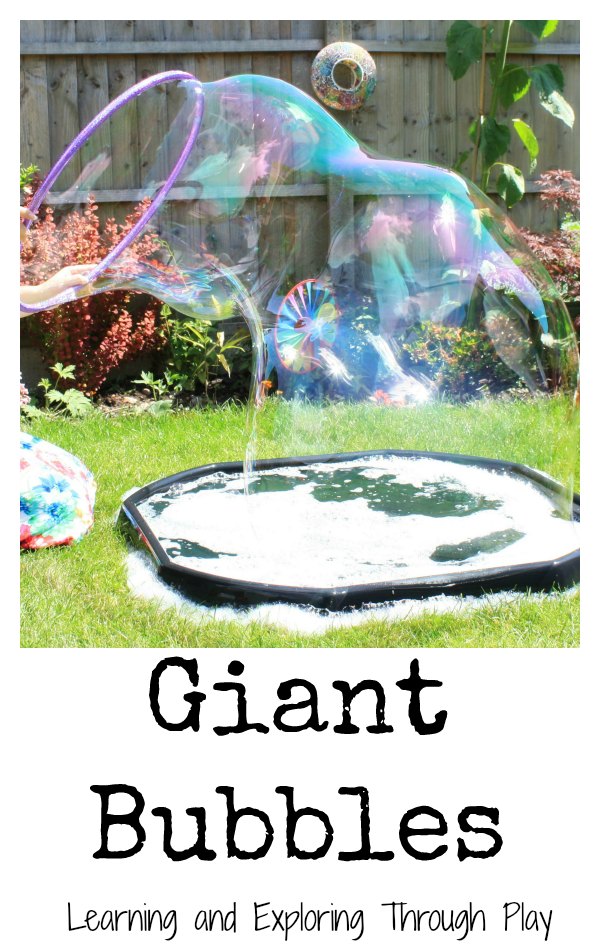Creating a DIY outdoor kitchen sink is a fantastic way to enhance your outdoor living space, making it more functional and convenient for entertaining, cooking, and cleaning. Whether you’re building a full outdoor kitchen or just adding a sink for convenience, an outdoor kitchen sink can help you minimize trips back inside while hosting a barbecue or garden party. Additionally, it provides an excellent station for washing fruits, vegetables, and dishes when dining al fresco. The process of designing and installing a DIY outdoor kitchen sink, however, requires thoughtful planning to ensure it is both functional and durable, especially given exposure to the elements.
When it comes to choosing the right sink for your outdoor kitchen, stainless steel is one of the most popular materials. It is durable, resistant to rust, and easy to clean, making it ideal for outdoor use. There are several grades of stainless steel, but 304 grade is the most recommended for outdoor kitchens as it offers strong resistance to corrosion. Other materials like granite composite or cast iron can be used, but they often require more maintenance or protection from the elements. The size and depth of the sink will depend on how much space you have and what you intend to use it for. A deeper sink may be more useful if you plan to do a lot of dishwashing or prep work, while a smaller sink might be more suitable for simple rinsing tasks.

Choosing the right location for your outdoor sink is crucial to its functionality. Ideally, you’ll want to place the sink near your grill or cooking station so that it’s easy to wash hands, prep food, and clean utensils as you cook. At the same time, you should consider drainage needs and proximity to a water source. If you already have outdoor plumbing, it will be much easier to install a sink; however, if you need to run new water lines, you may need professional help or a solid understanding of basic plumbing techniques. Additionally, placing the sink near a counter or prep surface can increase its usability, giving you plenty of space to work around it.
Water supply is a key factor in the installation of an outdoor kitchen sink. You can either connect your sink to your home’s plumbing system, which will provide both hot and cold water, or use a garden hose as a simple cold-water supply. While the latter is a more DIY-friendly option, connecting to the plumbing will offer more convenience and functionality in the long run, particularly if you plan to use the sink frequently. For hot water, you may need to install a tankless water heater specifically for your outdoor kitchen, which is another consideration for your overall budget and installation plans.

Just as important as water supply is drainage. If your outdoor kitchen is near your home, you can likely connect the sink to your existing drainage system. However, if your outdoor kitchen is further away, you might need to install a French drain or a dry well to handle the water runoff. A French drain involves a trench filled with gravel and a perforated pipe, which directs water away from your home and kitchen area, while a dry well allows the water to percolate back into the ground. Make sure to check your local building codes to see what kind of drainage system is required or allowed in your area.
Weatherproofing is essential for a DIY outdoor kitchen sink since it will be exposed to the elements year-round. Choose fixtures that are specifically rated for outdoor use to ensure longevity. Many homeowners opt for stainless steel faucets or marine-grade brass for outdoor sinks because they hold up well in varying weather conditions. If you live in an area with freezing winters, it’s important to drain your pipes before the first freeze to avoid damage. Installing a shut-off valve inside your home that controls the water supply to the outdoor sink will allow you to easily turn off the water and prevent freezing and pipe bursts during cold months.

In terms of design, integrating your outdoor sink into a cohesive kitchen layout is important. Some homeowners prefer to install the sink into a full countertop made of stone or concrete, which not only looks great but also provides additional prep space. Others opt for standalone sink units that are easy to move or reconfigure. Regardless of your choice, ensure that the sink area is both functional and easy to maintain. Countertops should be made of durable, weather-resistant materials like granite, concrete, or stainless steel to complement the sink and withstand outdoor conditions.
Adding storage beneath the sink can enhance the overall utility of your outdoor kitchen. If you have a base cabinet under the sink, you can store cleaning supplies, dish towels, and even small appliances like blenders or food processors, which can come in handy during outdoor gatherings. Make sure to use weather-resistant materials for the cabinets, such as treated wood, marine-grade plywood, or stainless steel. This will prevent moisture damage and ensure the longevity of the cabinetry in your outdoor kitchen.
Ventilation is another important aspect to consider, particularly if your outdoor kitchen is covered or enclosed. Proper ventilation will prevent moisture buildup, which can lead to mold and mildew growth around the sink area. You may want to install vents in any cabinetry under the sink or along the walls of your outdoor kitchen to allow air to flow freely. If you plan to use the sink for washing dishes, consider adding a garbage disposal to help manage food waste. However, make sure to choose a disposal unit specifically designed for outdoor use, as indoor models may not hold up in harsher environments.

For those looking to add a more luxurious touch to their outdoor kitchen, consider installing a faucet with a pull-down sprayer. This can make rinsing larger pots or grilling utensils easier and more convenient. Some outdoor sink faucets come with built-in filtration systems, which can be especially useful if your water source is a garden hose or if you have concerns about water quality. While these upgrades add to the cost of your project, they can also significantly enhance the usability of your outdoor sink, making it a worthwhile investment.
Budget is always a major consideration when embarking on a DIY project like installing an outdoor kitchen sink. The cost will largely depend on the materials you choose, the complexity of the plumbing, and whether you hire professionals for certain aspects of the job. While stainless steel sinks and durable countertops are more expensive up front, they will last longer and require less maintenance over time. On the other hand, more budget-friendly options like using a garden hose for the water supply can help keep costs down, though they may not provide the same level of convenience or durability.
When planning your DIY outdoor kitchen sink, don’t overlook the importance of cleaning and maintenance. Outdoor sinks are exposed to more dirt, grime, and weather-related wear and tear than indoor sinks, so you’ll need to clean them more frequently. Regularly wiping down the sink with warm, soapy water and a non-abrasive sponge will help keep it looking shiny and new. You should also check the faucet and any exposed pipes for signs of rust or corrosion and replace them as needed to ensure smooth operation.

If you want to make your outdoor kitchen sink as environmentally friendly as possible, consider installing a greywater system that reuses water from the sink for irrigation purposes. This can be especially beneficial in areas prone to drought or where water conservation is a priority. While this requires additional planning and installation, a greywater system can significantly reduce your household’s water consumption and make your outdoor kitchen more sustainable. Be sure to check local regulations regarding greywater systems, as some areas have strict guidelines on their use.
Lighting is another important factor that can improve the usability of your outdoor kitchen sink, particularly if you entertain in the evening. Installing task lighting above the sink area ensures you can see what you’re doing when washing or prepping food after dark. Solar-powered lights are a great option for outdoor kitchens, as they require minimal wiring and can be installed without needing to connect to your home’s electrical system. Choose fixtures that are weather-resistant and designed for outdoor use to ensure they last through all seasons.
Finally, personalizing your DIY outdoor kitchen sink can make the space feel uniquely yours. Whether it’s adding a colorful tile backsplash behind the sink or installing a custom-built stone countertop, small design touches can elevate the entire outdoor kitchen. Consider adding decorative elements like potted plants, herb gardens, or hanging lights to create a warm, inviting ambiance around the sink area. These personal touches not only make the space more enjoyable but also add to the aesthetic appeal of your outdoor kitchen.

Common Mistakes to Avoid
Poor Drainage Planning: Neglecting to plan for proper drainage can lead to water pooling or even damage to your property. Make sure you install a proper drainage system, whether it’s connecting to your home’s drainage or creating a French drain or dry well.
Choosing the Wrong Materials: Opting for materials that aren’t weather-resistant can result in premature wear and tear. Always select outdoor-rated stainless steel or treated wood to ensure longevity.
Improper Sink Location: Placing the sink too far from the water supply or in a high-traffic area can reduce its functionality. Always plan for easy access and logical proximity to cooking stations and water lines.
Neglecting Weatherproofing: Not weatherproofing your sink and plumbing can lead to costly repairs, especially in areas with freezing winters. Install shut-off valves and drain the pipes before winter to avoid damage.
Skipping Professional Help for Plumbing: DIY plumbing mistakes can be costly. If you’re not experienced with outdoor plumbing, consider hiring a professional to ensure the installation meets local codes and functions properly.
Overlooking Cleaning Needs: Outdoor sinks require more frequent cleaning than indoor sinks due to exposure to the elements. Make sure you have a maintenance plan in place to keep the sink in good working order.

How do I install water lines for an outdoor kitchen sink?
You can either run water lines from your home’s existing plumbing or use a garden hose for a simpler setup. Running new water lines requires trenching and connecting to the main water supply, which may require professional help. Ensure you use outdoor-rated pipes and fittings to withstand the elements and avoid leaks.
Can I use a regular kitchen sink for my outdoor kitchen?
While you can technically use any sink, it’s better to choose one made from weather-resistant materials like stainless steel or granite composite. These materials are built to withstand rain, sun, and temperature fluctuations, making them more durable and lower maintenance for outdoor use.
What should I do with the sink during winter?
In colder climates, you should drain the water lines and shut off the water supply to the outdoor sink before the first freeze. Install a shut-off valve inside your home to make this process easier. Cover the sink and faucets with weather-resistant covers to protect them from the elements.

Can I install a garbage disposal in my outdoor sink?
Yes, but it must be specifically rated for outdoor use. Not all garbage disposals are built to withstand the elements, so choose one that can handle outdoor conditions and make sure it’s properly connected to a drainage system that can handle the waste.
How do I maintain my outdoor kitchen sink?
Clean the sink regularly with warm, soapy water to prevent dirt buildup. Check for signs of rust or corrosion on the faucet and pipes, and replace parts as needed. If your sink is connected to a garden hose, periodically check the hose for leaks or wear.
Is hot water necessary for an outdoor kitchen sink?
Hot water is not strictly necessary, but it can enhance the functionality of your outdoor sink, particularly if you use it frequently for washing dishes or preparing food. If you want hot water, you’ll need to install a water heater or run a hot water line from your home.

Kitchen sink cover with handles – Kitchen sink cover, Rustic kitchen

Outdoor Sink Makes Water Recycling Simple Root Simple

Gorgeous Low cost Pallet Bar DIY Ideas for Your Home!

DIY Outdoor Sink Diy outdoor kitchen, Outdoor sinks, Outdoor kitchen sink

Related Posts:
- How To Plumb A Kitchen Sink With Dishwasher
- What To Do If Kitchen Sink Is Clogged
- Zehn Kitchen Sink
- Elkay Kitchen Sink Faucets
- Synthetic Kitchen Sinks
- Double Kitchen Sink Width
- How To Cut Hole For Kitchen Sink
- Drano In Kitchen Sink With Garbage Disposal
- Unclog A Kitchen Sink With Vinegar And Baking Soda
- Water Hose That Attaches To Kitchen Sink